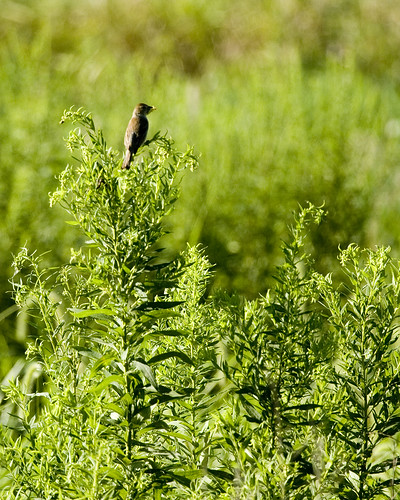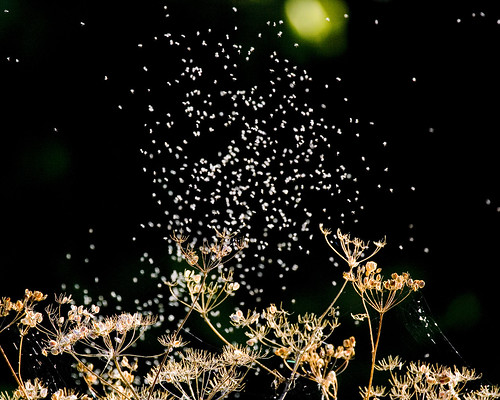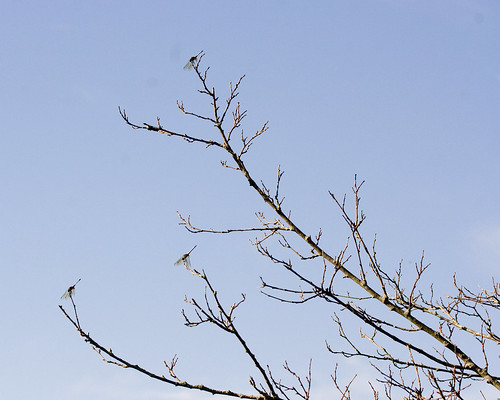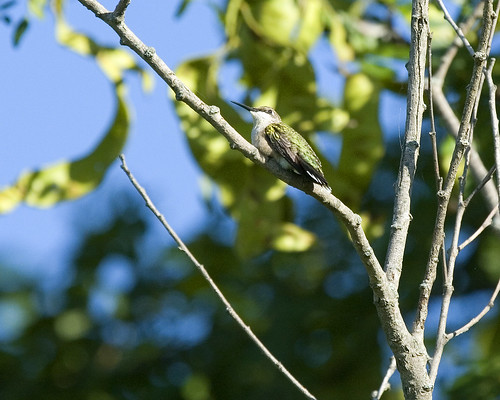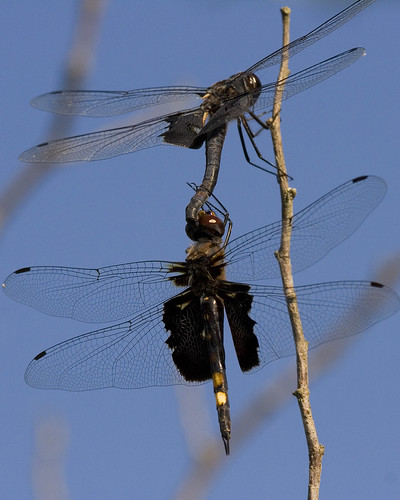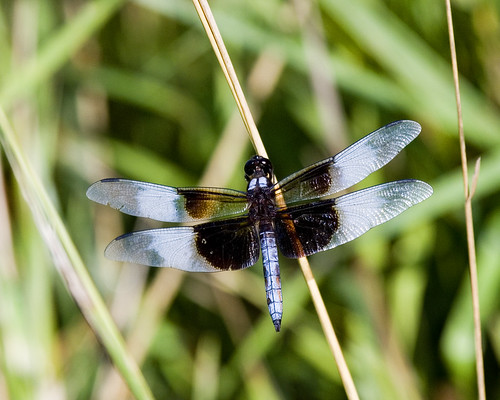As we approached the parking area, a group of 15-20 Turkey Vultures were feeding on dead fish trapped when the waters receded after recent flooding.

They flew off before I could get my camera attached to the mono-pod.
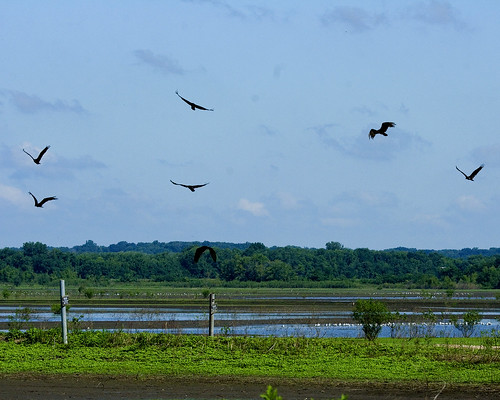
Whirligig beetles, black, flattened and streamlined for aquatic life have eyes that allow them to see both above and below the water surface. Several groups of the erratically moving beetles swam on the surface of the water in the canal running from the Spoon River Overflow.

The Wilder Track has great habitat right now; gulls and shorebirds foraged actively far out on the mud flats.

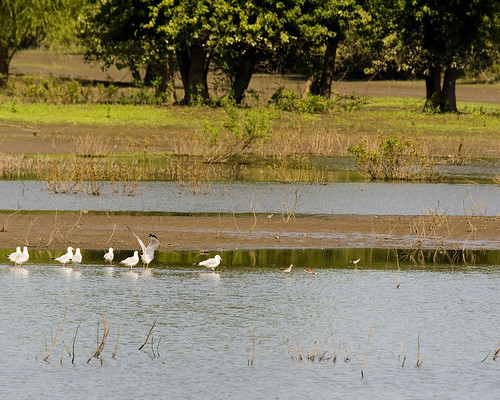

American White Pelicans congregated in large flocks on the north side of the area.

Dickson Mounds Museum emerges from the bluff behind the pelicans, several miles away.


Herons and egrets hunted the mudflats and shallow pools of water.
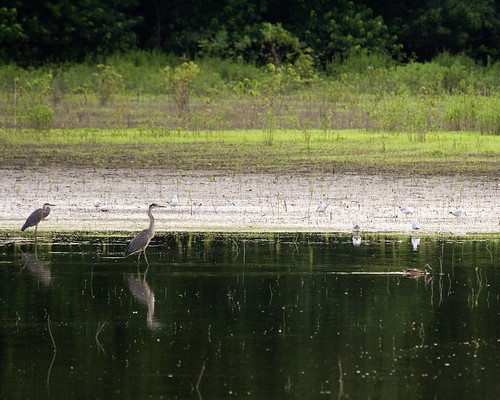
They also hunted in the canal running between the levee and the road.



